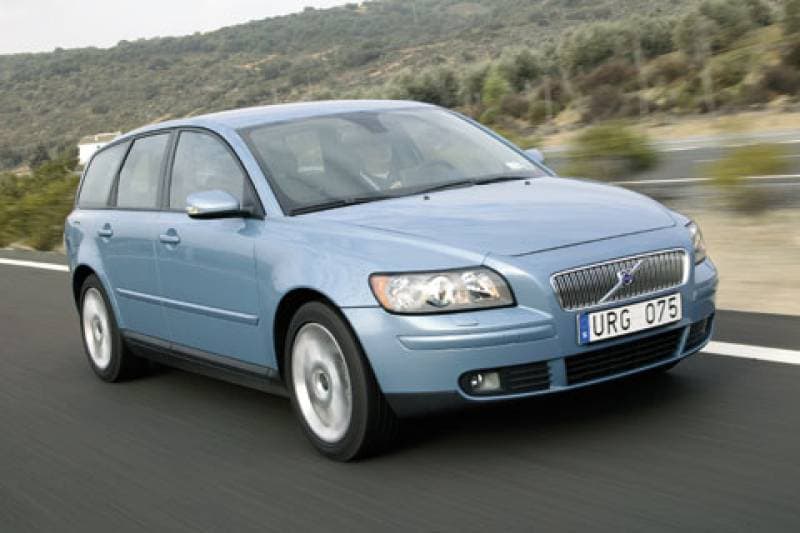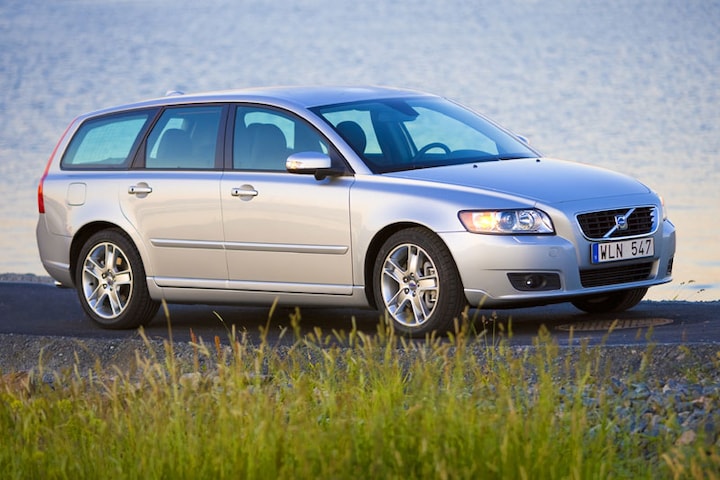Swedish success song

Almost twenty years ago, the Volvo V50 appeared in the Dutch showroom. This compact station was immediately popular and with almost 40,000 copies sold, the little Swede became a big success.
During the Bologna Motor Show in 2003, the world was introduced to the new Volvo V50. This compact model came onto the market about six months later and remained in production until 2012. Buyers could choose from a wide range of power sources, ranging from 100 to 220 hp. The T5, or the fastest guy in the group, took the cake with a 2.5 liter five-cylinder turbo that delivers 220 hp and 340 nm of torque.
V50 convinced when introduced as 2.0D
The Volvo was partly popular due to, as mentioned above, the wide range of different powertrains. The 2.0-liter diesel in particular was very popular at the time because of its large amount of torque that is already available at low revs. The chassis, which was developed in collaboration with Ford and Mazda, also ensures that the V50 is a very nice driving car. Very nice when you are on the road (for a long time) with a car like this. The choice for the shared chassis was a remarkable choice from Volvo. The brand wanted to operate in the real middle class with this station wagon, but due to the above choice, it remained stuck in the compact middle class. The V50 was based on the same basis as the Ford Focus and Mazda 3.
 Facelift in 2007
Facelift in 2007
In 2007, the V50 underwent a facelift with the focus mainly on the sleek headlights, the absence of bumper strips and a sleeker rear bumper. Sales figures decreased slightly from 2007 onwards. So the question is whether the updated model was completely popular. Nevertheless, the V50 scored very well for Volvo in the Netherlands and is even in the top 10 of the Swedish brand in terms of sales figures. The model sold a lot, especially in 2005, after which sales figures slowly decreased slightly.
V50 not Volvo’s smallest station
Although the V50 is by no means a particularly large car, the V40 from a generation earlier takes the cake. With dimensions (lxwxh) of 4.48 x 1.72 x 1.41 m, this station is even smaller than the V50, which has to make do with 4.51 x 1.77 x 1.45 m. This also means that the luggage compartment with the ‘big’ brother it is a little more. This is 417 liters compared to 413 liters, but it doesn’t make much difference. One of them has to lose out.
After the success of the V50, its successor gradually came into the picture, called, you wouldn’t expect it, the Volvo V60. It was supplied with a varying range of four, five and six-cylinder engines in both petrol and diesel variants. The T5 had to make room for a T6 AWD variant with over 300 hp. Polestar was also allowed to contribute and further boost the V60 to 367 hp. Partly because of this, the V60 was able to place itself in a higher segment than its predecessor. From now on, the competition was waged with, among others, the BMW 3-series, Mercedes C-class and the Audi A4.
– Thanks for information from Autoweek.nl